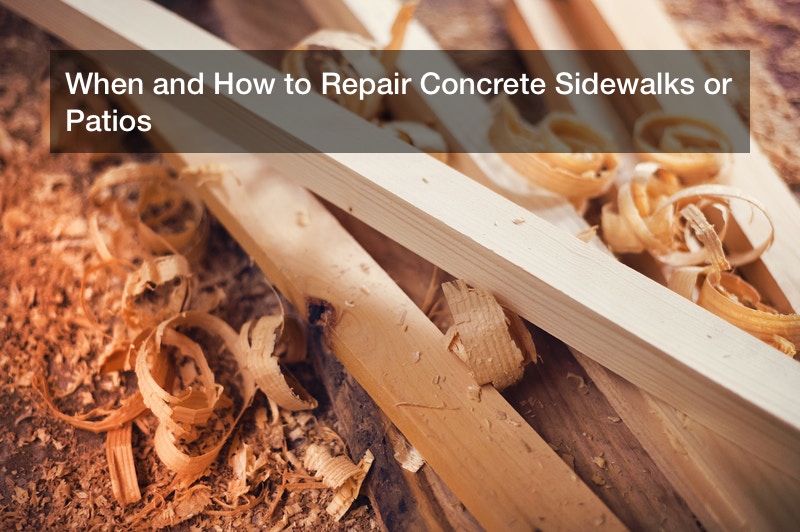
Concrete is one of the oldest and must widely used construction materials in the entire world. It is not a recent invention; in fact, the ancient Egyptians and their contemporaries made primitive concrete. Such concrete was made with cement, aggregate, and water, and in some ways, modern concrete is like that, too. But of course, modern concrete has the benefit of modern science, and today’s concrete is harder and smoother than anything used in ancient times. Still, for all its advantages, concrete is not indestructible. It can suffer from erosion, cracks, and other issues, and this is why concrete services can be asked to perform concrete crack repair, such as filling voids in concrete via slab jacking. What is more, filling voids in concrete is possible for a homeowner to do with a tool kit, and they can try filling voids in concrete as a matter of home upkeep and landscaping maintenance.
All About Concrete
What else is there to know about concrete? For one thing, it is quite strong nowadays, and most typical concrete can offer an impressive strength of 3,000 psi, or pounds or square inch. But some of the strongest, toughest concrete can offer strength levels at or above 20,000 psi. Concrete, once poured into place, will cure (harden) fairly quickly, so it is transported in the rotating drums of concrete mixers until ready for use. Many of today’s largest construction projects are made of concrete, such as highway overpasses, building foundations, and dams. Pouring concrete is among the first steps in erecting a building, and massive concrete dams date back to the early 1900s, such as the Hoover Dam. What is more, concrete is gaining popularity for making flooring, being favored over marble or granite and tile in many cases for commercial buildings. Concrete is quite tough and smooth, and if it is treated correctly, then its weight tolerance is even higher and it can resist staining. treated concrete can also be painted easily, such as arrows or signs or marking areas in a warehouse for the workers’ reference.
Filling Voids in Concrete
Repairing a dam or building a huge highway overpass is a large, commercial project. What about concrete on a more familiar and intimate scale, such as the concrete sidewalks found in neighborhoods or concrete patios in the front and back yards? It may be easy to take this concrete for granted, but problems may arise. Old concrete may start to crack and wear out, and ugly holes and cracks may appear in it, creating voids. Worse yet, a sidewalk or patio may sag and suffer serious damage if the earth underneath gets too heavy with water and starts sinking. This causes localized damage; that is, one area of the sidewalk sags but the rest does not, and the difference in elevation strains the concrete and cracks it. Such uneven surfaces and jagged cracks are ugly and often pose tripping hazards, and are inconvenient for bicycles and other small, wheeled vehicles.
For small cases of cracked concrete, a homeowner can start filling voids in concrete once they buy a concrete filling it at a local hardware store and use it to fill up the concrete’s gaps. Via capillary action, the materials will seep right in and fill in all gaps and holes to create a seamless surface. In the case of a sidewalk, or a patio that is not attached to the house, concrete raising is a must. Concrete services can be hired to do this, and the workers will use machines and pumps to inject materials underneath the compromised concrete. Once this is done, the material will expand and push up the concrete, restoring it to its original height. Thus, the sidewalk or patio is level once again, and touch-up work can be done to seal up any cracks or imperfections that remain.
This doesn’t necessarily take very long, either. In the 1920s or so, mudjacking was common, but the concrete needed a full day to become usable again. But with specialized materials to raise the concrete, lifted concrete can be used right away once the work is done, for the convenience of a homeowner or the neighborhood’s residents.